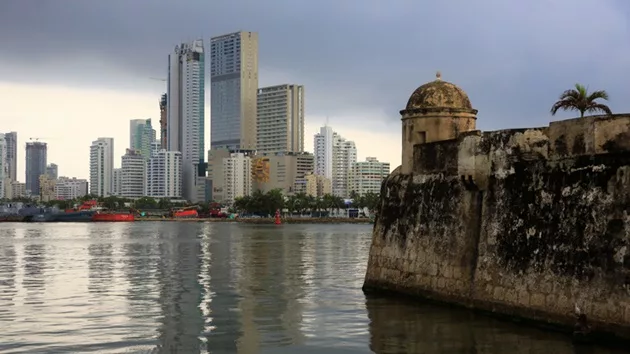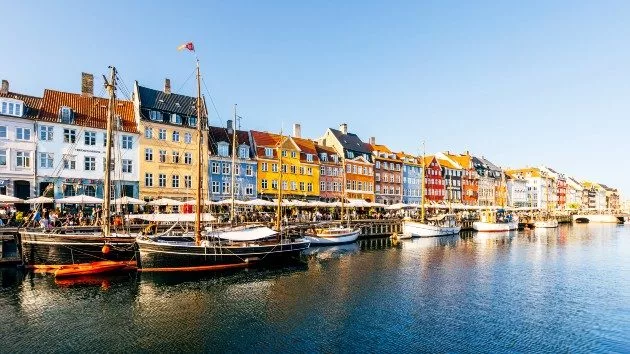
(CARTAGENA, Colombia) — Centuries after the Spanish galleon ship San José sunk in Colombian waters and nearly a decade after it was initially discovered, the estimated $17 billion shipwreck is set to be recovered as soon as April, according to officials.
“For the first time in history, a model of comprehensive public management of the archaeological site and asset of cultural interest, protected by regulations and public missionality, is advanced,” the Colombian government said in a press release, which was translated, Tuesday.
The 150-foot-long, 64-gun, three-masted galleon ship’s treasure is comprised of 200 tons of silver and emeralds, 11 million gold coins, an intact Chinese dinner service and porcelain pottery, according to Colombian Navy divers’ findings in June 2022.
In 2015, when the wreck was initially rediscovered, former Colombian President Juan Manuel Santos said in a news conference, “This is the most valuable treasure that has been found in the history of humanity.” Santos also paid tribute to the 600 people who were onboard the ship during the wreck.
Current Colombian President Gustavo Petro ordered the recovery to be coordinated by the Ministry of Cultures, Arts and Knowledge, the National Navy’s General Maritime Directorate and the Colombian Institute of Anthropology and History, according to the release.
The San José was sunk in 1708 by British warships while it was returning to Spain, with a cargo full of treasure meant to help fund The War of the Spanish Succession, a European conflict that spanned from 1701 to 1714.
The shipwreck’s deep-sea location, which remained a mystery until 2015, is near Cartagena, a port city on Colombia’s Caribbean coast, Colombian officials said in the press release.
In December 2015, former president Santos announced the discovery of the San José galleon, which launched an international debate over the rightful owner of the ship’s bounty.
Colombia, Spain, Bolivian Indigenous groups and an American salvage company have all attempted to take legal ownership of the historical wreck, which is now estimated to be worth $17 billion, according to court documents from Colombia’s National Legal Defense Agency, obtained by Business Insider in 2023.
A U.S. salvage company, Sea Search Armada (SSA), claimed they discovered the location of the San José in 1981 and attempted to take legal ownership against Colombia for the recovery of the ship.
However, a U.S. court declared the galleon the property of the Colombian state in 2011, according to court documents.
In 2018, UNESCO, the United Nations cultural agency, intervened when the Colombian government attempted to auction some of the San José’s artifacts to fund the recovery costs.
“Allowing the commercial exploitation of Colombia’s cultural heritage goes against the best scientific standards and international ethical principles as laid down especially in the UNESCO Underwater Cultural Heritage Convention,” a letter from the cultural agency to Colombian Culture Minister Mariana Garces Cordoba said.
In May 2022, the official decision was made to keep the “invaluable cultural heritage of Colombians managed under the figure of a protected archaeological area of the national order,” according to the release.
In the 316 years since the San José sunk, the ship has remained untouched aside from natural ocean wear and tear.
“So far, the entire discovery of the Galeón San José Asset of Cultural Interest and its archaeological evidence have been deposited without any variation, other than that produced by the marine dynamics themselves (currents and fauna), with no evidence of external interventions,” according to the release.
The Colombian State will invest 17,962 million pesos ($1,073,646) in the recovery process, officials say.
Copyright © 2024, ABC Audio. All rights reserved.








